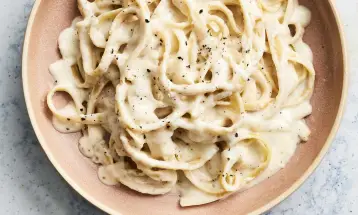Juhu Singkah, Culinary from Young Rattan of the Dayak Community

Holiday Ayo - Rattan is one type of handicraft that can be used as an ingredient in cooking menus. Well, the people of Palangkaraya, Central Kalimantan, turn rattan into a culinary dish called Juhu Singkah or Umbut Rattan.
Juhu Singkah is a typical food of the Ngaju Dayak tribe. While in the midst of the Mayan Dayak community, this culinary has a different name, namely uwut nange. The meaning of this food is young rattan.
In the Ngaju language, juhu means soupy food, while singkah means umbut, which refers to young rattan sticks. While in the midst of the Mayan Dayak community, this culinary has a different name, namely uwut nange.
How to make it is not too difficult but not easy either. If you process it incorrectly, the results will be tasteless and actually tend to be unpleasant. There are several things that more or less affect the taste quality of juhu singkah uwei, starting from the type of ingredients, then the selection of fresh ingredients, to how to make and serve it.
This typical Dayak cuisine has a savory, sour, and bitter taste mixed with the sweet taste of fish meat, thus making Dayak food have its own taste. Dayak food is often cooked together with catfish and tamarind eggplant.
How to make this typical Dayak food, clean the young rattan, then remove the skin and cut it into small pieces. Dayak food is often cooked together with fish baung and tamarind eggplant.
In the past, Rattan Umbut was only used as a staple food for the Dayak community. But along with the development, this one specialty food has become a traditional culinary of Central Kalimantan, and there are many food stalls typical of Central Kalimantan that provide Rattan Umbut. So for those of you who visit Central Kalimantan, it's incomplete if you haven't tasted this special food.








Leave a comment